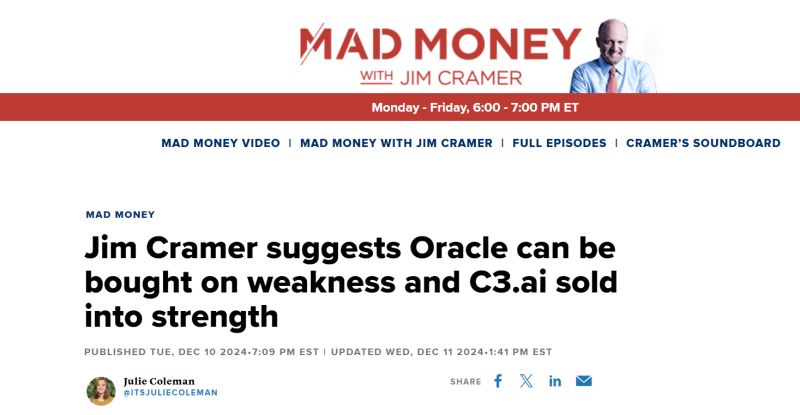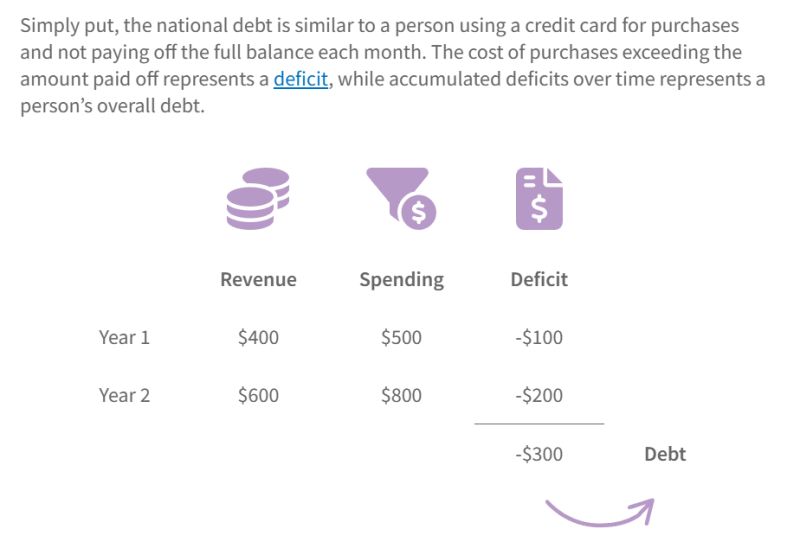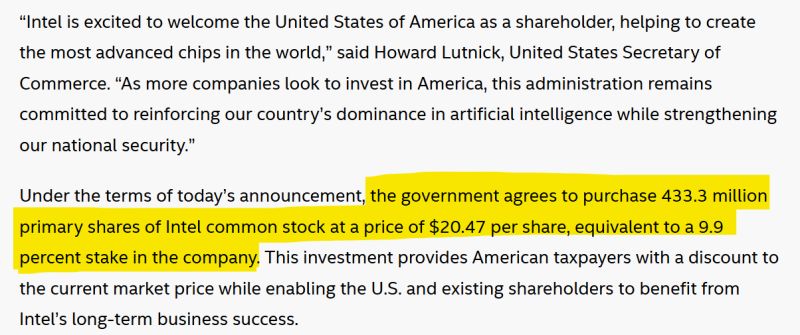The chip industry’s story is one of the most extraordinary journeys of modern technology.
Born in the U.S. in 1959 with Fairchild Semiconductor’s first silicon transistor, it has since then traced an extraordinary global arc — through a super-fragmented supply chain spreading across continents, evolving at the speed of Moore’s Law, and enabling the digital revolution.
For seven decades since then, chips grew smaller and faster, not in isolation, but through an intricate, interdependent ecosystem.
The U.S. has undoubtedly always been the lead actor of this magnum opus —designing the most advanced processors (NVIDIA), creating the IP (Qualcomm), and powering devices (Apple).
But the supporting cast was (and remains) just as critical :
1. ASML’s EUV machines (Netherlands) made nanometer-scale etching possible
2. TSMC (Taiwan) turned blueprints into semi-conductors
3. Japan supplied the ultra-pure chemicals
4. Samsung Semiconductor (South Korea) pushed memory and logic to new heights
5. Cirrus Logic, Skyworks Solutions, Inc. (U.S.) perfected the analog/RF chips in pretty much every smartphone.
This division of labour worked brilliantly — until it became a geopolitical vulnerability.
In that context, Apple’s $600 billion U.S. commitment isn’t just corporate investment or some form of corporate patriotism — it’s a natural follow through from America’s intent to reshore, IN FULL, the most complex high-tech industry on the planet today.
The CHIPS Act, export controls, and now this massive private-sector push show that the U.S. is no longer content leading just in design.
It wants control over everything — from design, to materials, to manufacturing.
A reshoring transition of this scale is unprecedented.
Its not going to be smooth.



